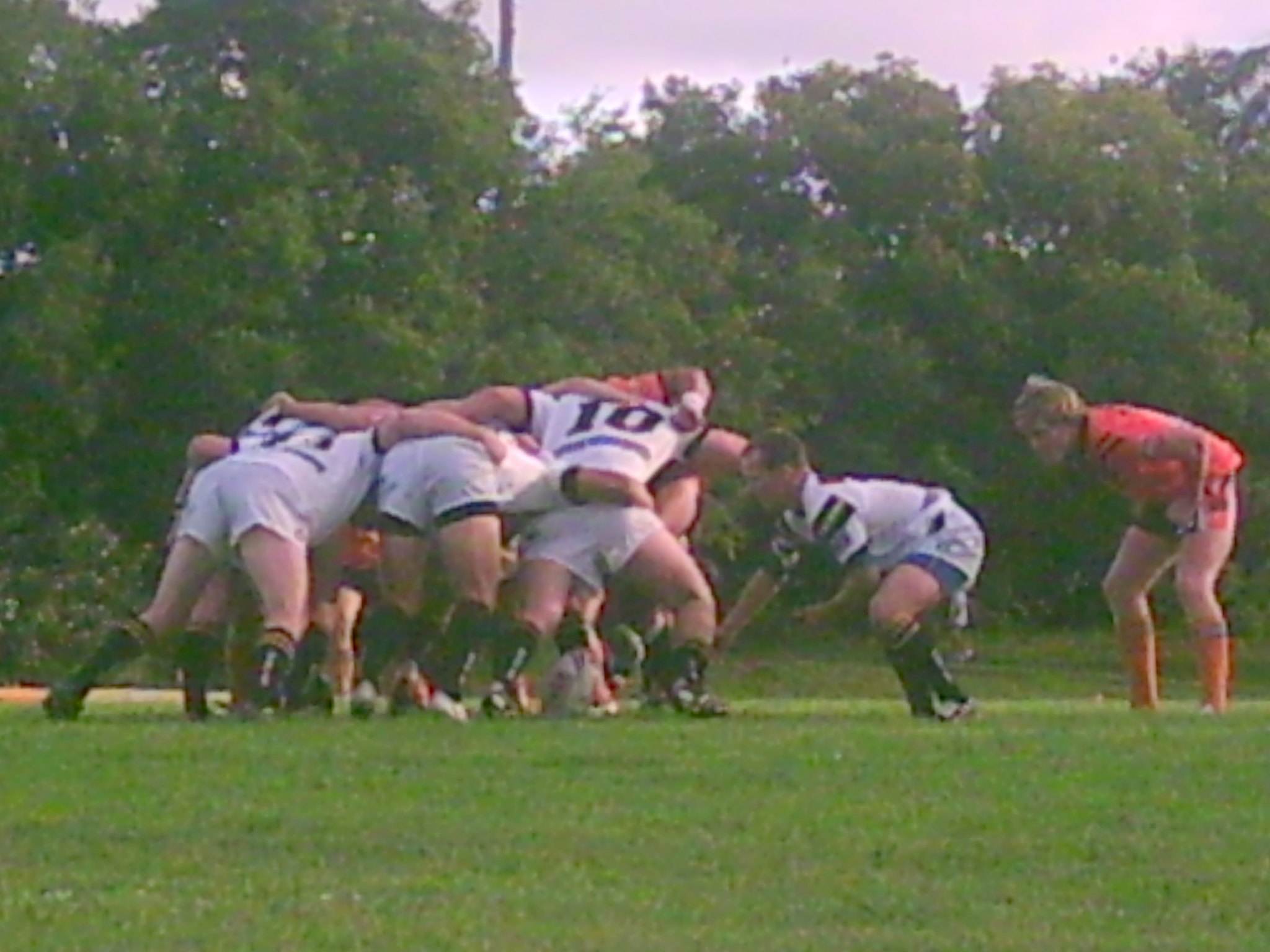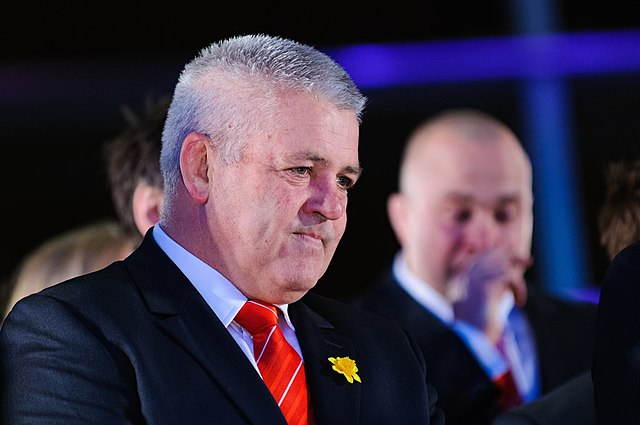Ever found yourself in a chat with a rugby-mad buddy, only to be baffled by the lingo and the rules? Let’s start unscrambling that confusion by diving into the world of the National Rugby League (NRL) – the premier global competition in Rugby League.
Picture this: a high-stakes, 4-week finals series with 16 teams battling it out over 24 nail-biting matches. And down under in Australia, Rugby League is a full-throttle, 80-minute contact sport, with 13 warriors on each side of the pitch.
With this handy guide, not only will you get the basics down, you might even find yourself cheering along. You can even get live NRL odds with Neds if you’re feeling confident in your new-found knowledge.
An In-depth Introduction to the National Rugby League
Decoding the Mechanics of Rugby League
Welcome to the pulsating world of Rugby League, Australia’s beloved adrenaline-pumper. Rivalries like the NRL or the fiercely contested State of Origin can transform Australia into a sea of colours for weeks on end. Each high-octane match spans 80 minutes, neatly divided into two suspense-filled 40-minute halves.
The field is a battleground for 13 players per team, while four await their chance on the bench. But remember, a maximum of eight substitutions are permitted in one game. Thrilling face-offs such as the Knights versus Bulldogs will have you glued to your seat. Let’s break down how these gladiators aim for glory:
A prized ‘try’ is achieved when a player manages to ground the ball – or maintain contact with it – while crossing over the opponent’s goal line. Four points for the taking! To add a cherry on top, a successful kickoff or ‘conversion’ garners an extra two points. Teams have a limit of six tackles to execute a scoring play. Failure to do so results in the harsh penalty of possession switching over to the rivals. Post-tackle, a player must ‘play the ball’, passing it between their legs to a fellow teammate.
Once the dust settles, the triumphant team walks away with two competition points, while the defeated side leaves empty-handed. Draws, however, end with both teams sharing the spoils with a point each. Now, let’s delve deeper into the game’s lines, tackling, penalties, and rules…
Lines
Have you ever noticed that line smack dab in the middle of the field? That’s what we call the ‘halfway line’. It’s on this very line where our game kicks off. A coin flip decides which team gets to kick us off from this line, adding a dash of old school to the modern game. When the second half rolls around, the defending team gets their shot to kick it off from the same line.
But what happens when the ball crosses the boundary or the defending player catches the ball after a kick? That’s where the 20-meter line comes in. Consider it as the game’s ‘restart’ button. This line is a cornerstone of the Rugby League, helping reset the game and stop the rival team from notching a try.
And then we have the Goal Line. Picture this: a player is standing within the goal area, or the ball crosses the goal line after a kick within the halfway line. These are the moments when the Goal Line steals the spotlight, signalling a restart of the game.
Tackling
Tackling in the Rugby League is a heart-stopping, adrenaline-pumping affair. Picture this: a player, ball in arm, dashing across the field, only to be brought to a halt as an opponent takes them down. That, my friend, is a tackle; it’s when the player with the ball is grounded and can no longer sprint towards glory. Now, the referee – the ultimate decision-maker – decides if the tackled player is truly stuck. If yes, the ball shifts to the other team.
But if the ref reckons the player still has some running left in them, play continues. The player in possession during a tackle must hang onto that ball like their life depends on it. Fumble it, and a scrum is called to determine who gains control of the ball. The attacking team get six chances – or tackles – to score before they have to hand the ball over. After the final – sixth – tackle, it’s over to the defending team. They take the ball up to the 20-meter line and it’s game on again.
Penalties
Now, let’s talk penalties, those moments that can make or break a game. Imagine this: a player, pumped with adrenaline, charges down the field before the ball is even kicked or dropped. Oops, that’s a no-go in the Rugby League! The referee will blow that whistle faster than you can say “try”, signalling a penalty for jumping the gun.
And interfering with the opposition while they’re trying to kick the ball? Big no-no, that one. It’s like trying to sneak a cookie from the jar before dinner; you’re bound to get caught and penalised.
And what happens when a penalty is served? Well, it’s like the opposition just won a mini-lottery. They’re awarded an extra 10 meters, getting them tantalizingly closer to the try line. This gives them a golden opportunity to score, either through a penalty scrum or a bonus penalty kick. So, remember, it’s all fun and games until someone breaks the rules!


